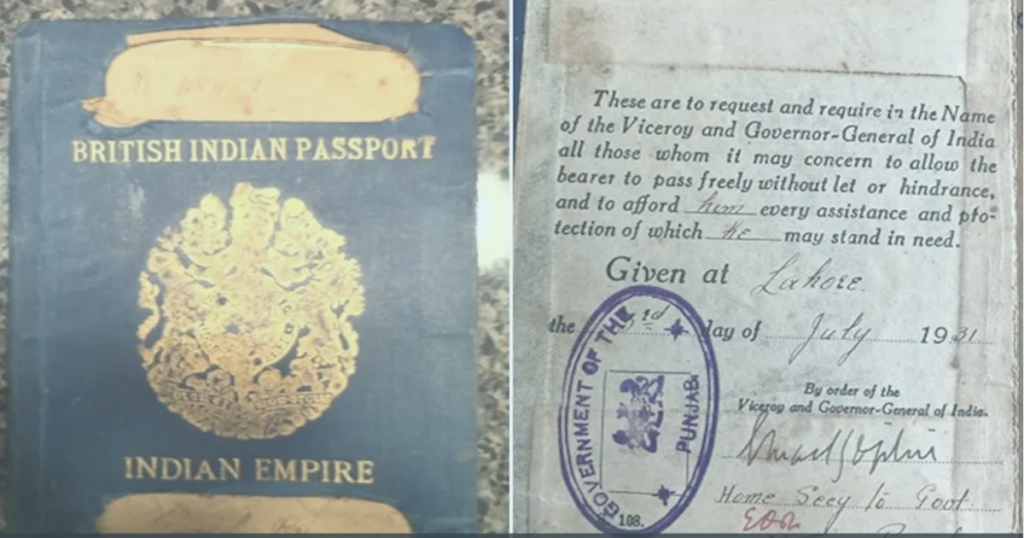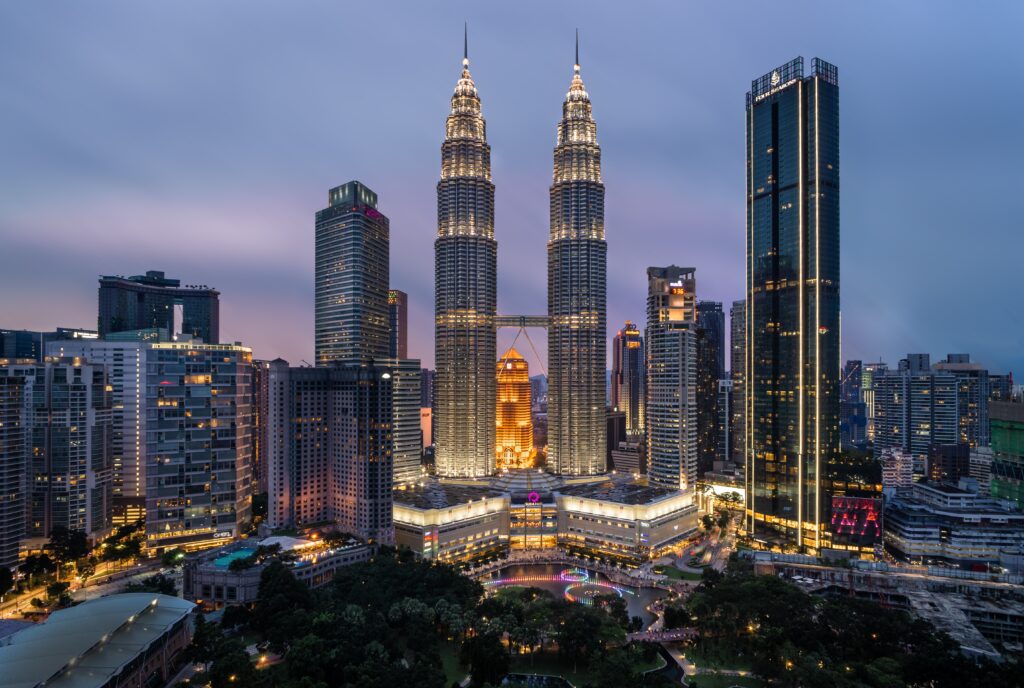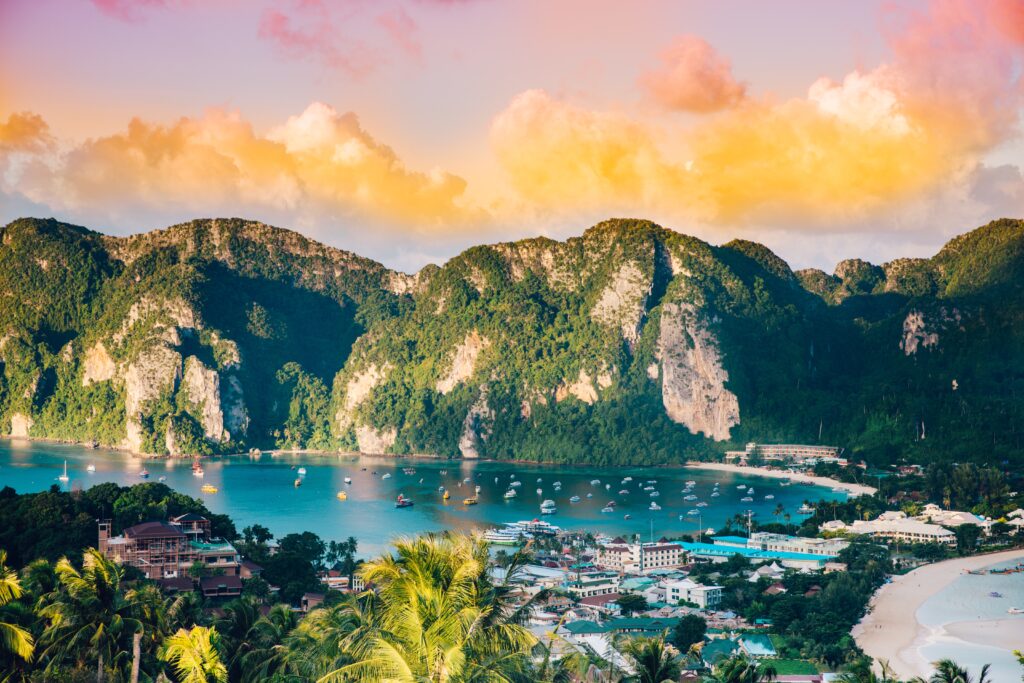Explore the rules and regulations surrounding travel visas in India before its independence in 1947. Learn about the restrictions, requirements, and challenges faced by individuals traveling abroad during that era.
Before India gained its independence in 1947, the rules and regulations governing travel were vastly different from what we see today. Obtaining a visa to travel out of India was a complex and challenging process, with several restrictions and requirements in place. In this article, we delve into the rule of visas in traveling out of India before independence, shedding light on the historical context and providing an understanding of the difficulties faced by individuals during that era.
What was the Rule of VISA in Traveling out of India Before Independence in 1947?
During the pre-independence era, Indian citizens needed visas to travel abroad. These visas were essential documents that granted permission to individuals to enter a foreign country for a specific period. The rules governing visas were strict, and obtaining one was a lengthy and complicated process.
1. Visa Categories and Restrictions
In the early 20th century, visas were categorized based on the purpose of travel. There were different visa types, such as tourist visas, business visas, student visas, and employment visas. Each category had specific requirements and restrictions.
2. Visa Application Process
The visa application process before independence involved several bureaucratic hurdles. Applicants were required to fill out extensive forms, provide supporting documents, and often attend multiple interviews at the relevant consulates or embassies. The process was time-consuming and required patience and persistence.
3. Limited Visa Approvals
The number of visas granted each year was limited, which made the competition for visa approvals quite intense. The authorities carefully scrutinized each application, considering factors such as the purpose of travel, financial stability, and ties to India, before granting permission to travel abroad.
4. Financial Requirements
Financial stability was a crucial aspect of obtaining a visa. Applicants had to prove that they had sufficient funds to support their travel and stay abroad. Bank statements, property documents, and letters of sponsorship were often required as evidence of financial stability.
5. Health Checks and Quarantine Measures
Health checks and quarantine measures were part of the visa application process. Travelers had to undergo medical examinations to ensure they were not carrying any contagious diseases. In some cases, individuals were required to undergo quarantine before being granted permission to travel.
6. Travel Restrictions
Travel restrictions were prevalent during the pre-independence era. Certain countries had specific entry requirements or imposed travel bans on individuals from certain regions. These restrictions were often political or based on diplomatic relations between India and other countries.
Conclusion
Before India’s independence in 1947, the rules and regulations regarding travel visas were complex and stringent. Obtaining a visa to travel out of India required significant effort, patience, and adherence to various restrictions and requirements. The visa application process involved meticulous scrutiny and limited approvals, making it a challenging task for many. Understanding the rule of visas in traveling out of India before independence provides us with insights into the historical context and the difficulties faced by individuals during that era.
FAQs
What was the Rule of VISA in Traveling out of India Before Independence in 1947?
1. Were there any specific countries that were easier to obtain visas for before Indian independence?
No, there were no specific countries that were easier to obtain visas for. The visa application process was stringent regardless of the destination. However, individuals traveling to British colonies had a relatively smoother process due to the colonial connections.
2. How long did it take to obtain a visa before Indian independence?
The time required to obtain a visa varied based on several factors such as the destination, purpose of travel, and the efficiency of the consulates or embassies. On average, the visa application process took several weeks to a few months.
3. Were there any exceptions or privileges for certain individuals regarding visas?
Yes, individuals with diplomatic or official passports had certain privileges and exemptions when it came to visa requirements. Government officials and diplomats often had a smoother and expedited visa application process.
4. Were there any restrictions on Indian citizens traveling to other British colonies?
While traveling to other British colonies was relatively easier, there were still certain restrictions and requirements in place. Indian citizens were subject to immigration control, and their movement was monitored, especially during politically sensitive times.
5. Could individuals travel without a visa before Indian independence?
No, individuals were required to obtain a visa before traveling out of India. Failure to present a valid visa upon arrival at the destination could result in denial of entry or deportation.
6. Were there any changes in the visa rules leading up to Indian independence in 1947?
Yes, as India moved closer to independence, there were some changes in visa rules. The political climate and the impending transition influenced visa policies, making it challenging for some individuals to obtain visas during that period.



